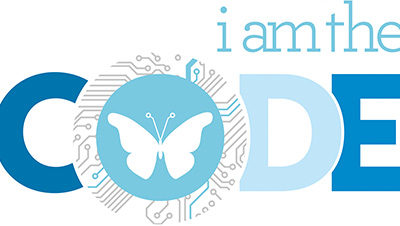The tech world continues to grow but one thing remains the same: inequality.
Men dominate this industry despite heightened efforts to encourage more women to join.
What could be causing this inequality you ask?
Statistics show that a significant number of girls drop out of STEM courses and instead opt for more “feminine” ones. A notable percentage of the rest opt to continue pursuing these courses with little interest.
Women are especially fleeing technology programs at a higher rate than initially thought.
This may explain the shortage of qualified women pursuing technology or other STEM courses and careers in Kenya and beyond.
Many factors are believed to worsen this inequality including the stereotype that technology and other STEM subjects are a reserve for men, self-doubt, fear of negative experiences, or the mere fear of failure given the little number of women shaping the tech space.
Also, the fear of failure can be ignited by the fact that, often, women may be forced to be twice as good to compete in a man’s world. That is an open secret.
That’s not all:
The thought that the reputation of your entire gender is riding on a few is a lot to handle for just a few women. If a few of them underperform, there is a chance that the entire gender may be labeled as incompetent. The same is unlikely to apply to men.
Th result?
A gender persistent gap that has proved hard to bridge.
Even though this gender gap in STEM careers has been created over time, some women thriving in this industry continue to mentor, inspire and motivate young women to take these careers.
Organizations such as Akirachix, Safaricom’s Women in Technology, and Kamilimu have been continually promoting STEM programs for years.
Such efforts also have the potential to inspire more girls to enroll for STEM courses and join careers as well as curb a shift in courses and/or careers.
These programs have been part of a national effort to increase women’s representation in STEM courses or fields. But little progress has been evidenced. Numbers do not lie.
Gender is said to be a big indicator of dropout rates for these programs at the university and college. Sadly.
Now what?
Ever noticed how parents buy toys focused on the societal definition of what is masculine and feminine?
In the process, many parents slowly drive girls to embrace or develop an interest in non-STEM courses.
What children see and experience in their early years of life is important.
In that case, a great starting point would be reaching students in their early years so that by the time they graduate high school and enroll in higher institutions of learning, they are prepared. This is critical as it will help nurture girls’ passion before they shun these subject areas due to stereotypes and other societal forces.
Other solutions include promoting the work of successful women in tech as they can serve as role models, giving the girls hands-on practical experiences, and having people such as teachers who can direct the girls to STEM courses.
A collaborative effort will ensure that some of these girls establish their own tech companies while the rest enter the job market.
Having more women complete STEM courses means that employers will have a gender-balanced pool to recruit from.





Leave a Reply